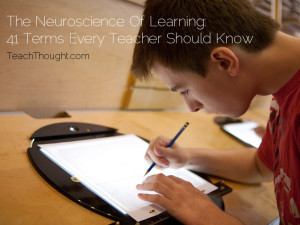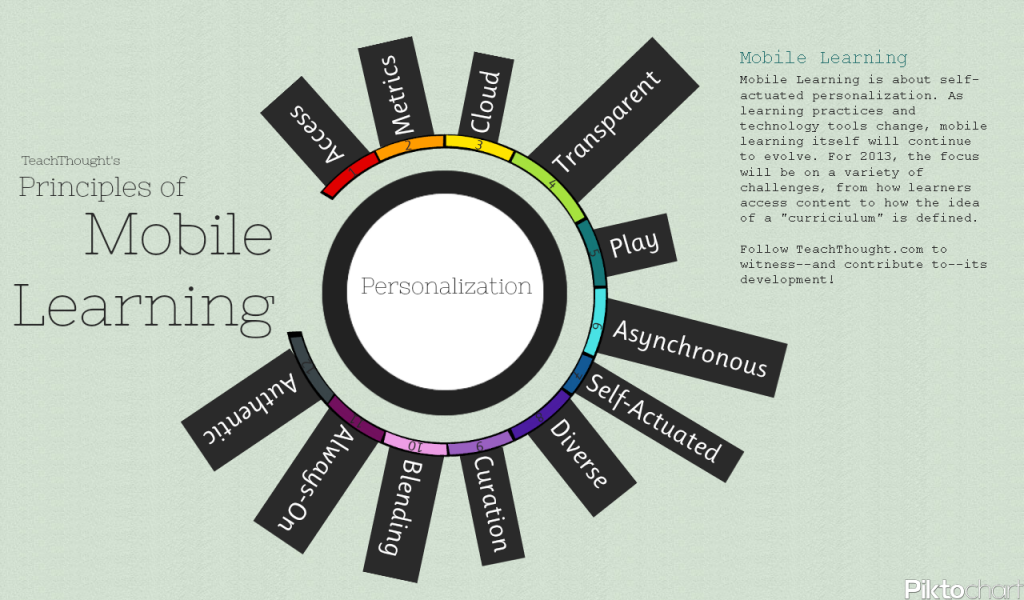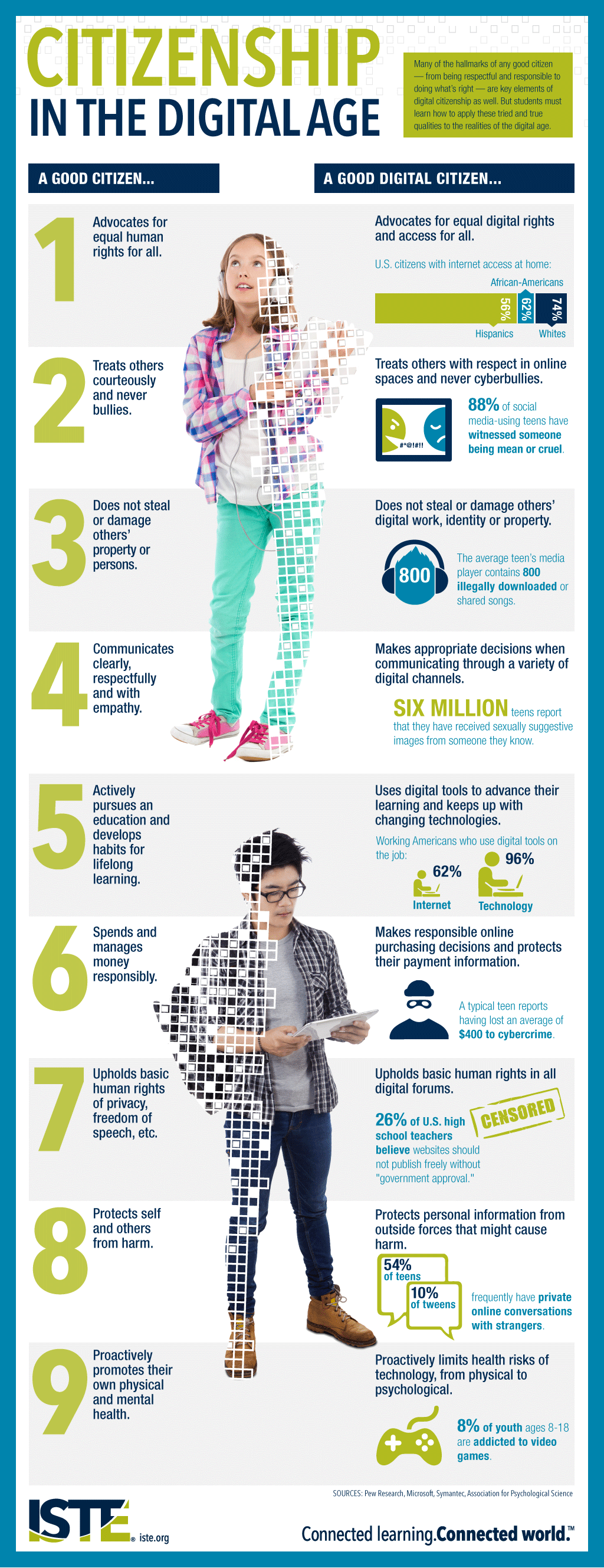
As education continues to evolve, adding in new trends, technologies, standards, and 21st century thinking habits, there is one constant that doesn’t change.
The human brain.
But neuroscience isn’t exactly accessible to most educators, rarely published, and when it is, it’s often full of odd phrasing and intimidating jargon. Worse, there seems to be a disconnect between the dry science of neurology, and the need teachers have for relevant tools, resources, and strategies in the classroom. In regards to the disconnect, we’ll continue to strive to create content that is both expert and accessible, as The Simple Things I Do To Promote Brain-Based Learning In My Classroom
As for the jargon, Judy Willis, teacher, neuroscientist, and consultant has put together an A-Z glossary of relevant neuroscience terms for teachers and administrators to help clarify the jargon. Willis’ writing has been published on edutopia, TeachThought, and Psychology Today, among other sites, and her work in this field has been especially relevant at a time of such great change in education.
The best approach with a list like this is to bookmark and share the page, and comeback to it intermittently. We’ll also add it as its own page later this week.
Baby steps.
41 Neuroscience Terms Every Teacher Should Know
Affective filter
The affective filter an emotional state of stress in children during which they are not responsive to processing, learning, and storing new information. This affective (emotional) filter is in the amygdala, which becomes hyperactive during periods of high stress. In this hyperstimulated state, new information does not pass through the amygdala to reach the higher thinking centers of the brain.
Amygdala
Part of the limbic system in the temporal lobe. The amygdala was first believed to function as a brain center for responding only to anxiety and fear. When the amygdala senses a threat, it becomes overactivated (high metabolic activity as seen by greatly increased radioactive glucose and oxygen use in the amygdala region on PET and fMRI scans). These neuroimaging findings show that when children feel helpless and anxious. When the amygdala is in a state of stress, fear, or anxiety-induced overactivation, new information coming through the sensory intake areas of the brain cannot pass through the amygdala’s affective filter to gain access to the memory circuits.
Axon
This is the tiny fibrous extension of the neuron away from the cell body to other target cells (neurons, muscles, glands).
Brain mapping
Using electrographic (EEG) response over time, brain mapping measures electrical activity representing brain activation along neural pathways. This technique allows scientists to track which parts of the brain are active when a person is processing information at various stages of information intake, patterning, storing, and retrieval. The levels of activation in particular brain regions are associated with the intensity of information processing.
Central Nervous System
This is the portion of the nervous system comprised of the spinal cord and brain.
Cerebellum
This is a large cauliflower-looking structure on the top of the brainstem. This structure is very important in motor movement and motor-vestibular memory and learning.
Cerebral Cortex
This is the outer most layer of the cerebral hemispheres of the brain. The cortex mediates all conscious activity including planning, problem solving, language, and speech. It is also involved in perception and voluntary motor activity.
Cognition
This refers to the mental process by which we become aware of the world and use that information to problem solve and make sense out of the world. It is somewhat oversimplified but cognition refers to thinking and all of the mental processes related to thinking.
Dendrites
Branched protoplasmic extensions that sprout from the arms (axons) or the cell bodies of neurons. Dendrites conduct electrical impulses toward the neighboring neurons. A single nerve may possess many dendrites. Dendrites increase in size and number in response to learned skills, experience, and information storage. New dendrites grow as branches from frequently activated neurons. Proteins called “neurotrophins,” such as nerve growth factor, stimulate this dendrite growth.
Dopamine
A neurotransmitter most associated with attention, decision making, executive function, and reward-stimulated learning. Dopamine release on neuroimaging has been found to increase in response to rewards and positive experiences. Scans reveal greater dopamine release while subjects are playing, laughing, exercising, and receiving acknowledgment (e.g., praise) for achievement.
Executive Functions
Cognitive processing of information that takes place in areas in the prefrontal cortex that exercise conscious control over one’s emotions and thoughts. This control allows for patterned information to be used for organizing, analyzing, sorting, connecting, planning, prioritizing, sequencing, self-monitoring, self-correcting, assessment, abstractions, problem solving, attention focusing, and linking information to appropriate actions.
Functional Brain Imaging (neuroimaging)
The use of techniques such as PET scans and fMRI imaging to demonstrate the structure, function, or biochemical status of the brain. Structural imaging reveals the overall structure of the brain, and functional neuroimaging provides visualization of the processing of sensory information coming to the brain and of commands going from the brain to the body. This processing is visualized directly as areas of the brain that are “lit up” by increased metabolism, blood flow, oxygen use, or glucose uptake. Functional brain imaging reveals neural activity in particular brain regions and networks of connecting brain cells as the brain performs discrete cognitive tasks.
Functional Magnetic Resonance Imaging (fMRI)
This type of functional brain imaging uses the paramagnetic properties of oxygen-carrying hemoglobin in the blood to demonstrate which brain structures are activated and to what degree during various performance and cognitive activities. During most fMRI learning research, subjects are scanned while they are exposed to visual, auditory, or tactile stimuli; the scans then reveal the brain structures that are activated by these experiences.
Glia
These are specialized cells that nourish, support, and complement the activity of neurons in the brain. Astrocytes are the most common and appear to play a key role in regulating the amount of neurotransmitter in the synapse by taking up excess neurotransmitter.
Graphic Organizers
Diagrams that are designed to coincide with the brain’s style of patterning. In order for sensory information to be encoded (the initial processing of the information entering from the senses), consolidated, and stored, the information must be patterned into a brain-compatible form. Graphic organizers can promote this patterning in the brain when children participate in creating relevant connections to their existing memory circuitry.
Gray Matter
The gray refers to the brownish-gray color of the nerve cell bodies (neurons) of the outer cortex of the brain as compared with white matter, which is primarily composed of supportive cells and connecting tracks. Neurons are darker than other brain matter, so the cortex or outer layer of the brain appears darker gray and is called “gray matter” because neurons are most dense in that layer.
Hippocampus
A ridge in the floor of each lateral ventricle of the brain that consists mainly of gray matter that has a major role in memory processes. The hippocampus takes sensory inputs and integrates them with relational or associational patterns from preexisting memories, thereby binding the information from the new sensory input into storable patterns of relational memories.
Limbic System
This is a group of functionally and developmentally linked structures in the brain (including the amygdala, cingulate cortex, hippocampus, septum and basal ganglia). The limbic system is involved in regulation of emotion, memory, and processing complex socio-emotional communication.
Long-Term Memory
Long-term memory is created when short-term memory is strengthened through review and meaningful association with existing patterns and prior knowledge. This strengthening results in a physical change in the structure of neuronal circuits.
Metacognition
Knowledge about one’s own information processing and strategies that influence one’s learning that can optimize future learning. After a lesson or assessment, when children are prompted to recognize the successful learning strategies they used, that reflection can reinforce the effective strategies.
Myelin
The fatty substance that covers and protects nerves. Myelin is a layered tissue that sheathes the axons (nerve fibers). This sheath around the axon acts like a conductor in an electrical system, ensuring that messages sent by axons are not lost as they travel to the next neuron. Myelin increases the efficiency of nerve impulse travel and grows in layers in response to more stimulation of a neural pathway.
Myelination
The formation of the myelin sheath around a nerve fiber.
Neuronal Circuits
Neurons communicate with each other by sending coded messages along electrochemical connections. When there is repeated stimulation of specific patterns of stimulation between the same groups of neurons, their connecting circuits (dendrites) become more developed and more accessible to efficient stimulation and response. This is where practice (repeated stimulation of grouped neuronal connections in neuronal circuits) results in more successful recall.
Neurons
Specialized cells in the brain and throughout the nervous system that control storage and processing of information to, from, and within the brain, spinal cord, and nerves. Neurons are composed of a main cell body, a single major axon for outgoing electrical signals, and a varying number of dendrites to conduct coded information throughout the nervous system.
Neuroplasticity
This refers to the remarkable capacity of the brain to change its molecular, microarchitectural, and functional organization in response to injury or experience. Dendrite formation and dendrite and neuron destruction (pruning) allows the brain to reshape and reorganize the networks of connections in response to increased or decreased use of these pathways.
Neurotransmitters
Brain proteins that are released by the electrical impulses on one side of the synapse (axonal terminal) and then float across the synaptic gap carrying the information with them to stimulate the nerve ending (dendrite) of the next cell in the pathway. Once the neurotransmitter is taken up by the dendrite nerve ending, the electric impulse is reactivated in that dendrite to travel along to the next nerve. Neurotransmitters in the brain include serotonin, tryptophan, acetylcholine, dopamine, and others that transport information across synapses and also circulate through the brain, much like hormones, to influence larger regions of the brain. When neurotransmitters are depleted, by too much information traveling through a nerve circuit without a break, the speed of transmission along the nerve slows down to a less efficient level.
Numeracy
The ability to reason with numbers and other mathematical concepts. Children’s concepts of number and quantity develop with brain maturation and experience.
Occipital Lobes (visual memory areas)
These posterior lobes of the brain process optical input among other functions.
Oligodendrocytes
Oligodendrocytes are the glia that specialize to form the myelin sheath around many axonal projections.
Parietal lobes
Parietal lobes on each side of the brain process sensory data, among other functions.
Patterning
Patterning is the process whereby the brain perceives sensory data and generates patterns by relating new information with previously learned material or chunking material into pattern systems it has used before. Education is about increasing the patterns children can use, recognize, and communicate. As the ability to see and work with patterns expands, the executive functions are enhanced. Whenever new material is presented in such a way that children see relationships, they can generate greater brain cell activity (formation of new neural connections) and achieve more successful patterns for long-term memory storage and retrieval.
Positron Emission Tomography (PET scans)
Radioactive isotopes are injected into the blood attached to molecules of glucose. As a part of the brain is more active, its glucose and oxygen demands increase. The isotopes attached to the glucose give off measurable emissions used to produce maps of areas of brain activity. The higher the radioactivity count, the greater the activity taking place in that portion of the brain. PET scanning can show blood flow, oxygen, and glucose metabolism in the tissues of the working brain that reflect the amount of brain activity in these regions while the brain is processing sensory input (information). The biggest drawback of PET scanning is that because the radioactivity decays rapidly, it is limited to monitoring short tasks. fMRI technology does not have this same time limitation and has become the preferred functional imaging technique in learning research.
Prediction
Prediction is what the brain does with the information it patterns. Prediction occurs when the brain has enough information in a patterned memory category that it can find similar patterns in new information and predict what the patterns mean. For example if you see the number sequence 3,6,9,12…,.. you predict the next number will be 15 because you recognize the pattern of counting by threes. Through careful observation the brain learns more and more about our world and is able to make more and more accurate predictions about what will come next. Prediction is often what is measured in intelligence tests. This predicting ability is the basis for successful reading, calculating, test taking, goal- setting, and appropriate social interactions behavior. Successful prediction is one of the best problem-solving strategies the brain has.
Prefrontal Cortex (front, outer parts of the frontal lobes)
The prefrontal cortex (PFC) is a hub of neural networks with intake and output to almost all other regions of the brain. In the PFC relational, working-memories can be mentally manipulated to become long-term memory and emotions can be consciously evaluated. Executive functions directed by PFC networks respond to input through the highest levels of cognition. These functions include information evaluation, prediction, conscious decision making, emotional awareness and response, organizing, analyzing, sorting, connecting, planning, prioritizing, sequencing, self-monitoring, self-correcting, assessment, abstraction, deduction, induction, problem solving, attention focusing, and linking information to planning and directing actions.
Pruning: Neurons and their connections are pruned (destroyed) when they are not used. In a baby, the brain overproduces brain cells (neurons) and connections between brain cells (synapses) and then starts pruning them back around the age of three. The second wave of synapse formation occurs just before puberty and is followed by another phase of pruning. Pruning allows the brain to consolidate learning by pruning away unused neurons and synapses and wrapping more white matter (myelin) around the neuronal networks more frequently used to stabilize and strengthen their ability to conduct the electrical impulses of nerve- to-nerve communication.
RAD learning
There three main brain systems that are keys to building better brains. The three systems can be referred to as RAD, which is short for Reach and Discover.
Reticular Activating System (RAS)
This lower part of the posterior brain filters all incoming stimuli and makes the “decision” as to what sensory input is attended to or ignored. The main categories that focus the attention of the RAS include novelty (changes in the environment), surprise, danger, and movement.
Rote Memory
This type of memorization is the most commonly required memory task for children in school. This type of learning involves “memorizing,” and soon forgetting, facts that are often of little primary interest or emotional value to the child, such as lists of words. Facts that are memorized by rehearsing them over and over, that don’t have obvious or engaging patterns or connections, are rote memories. Without giving the information context or relationship to children’s lives, these facts are stored in remoter areas of the brain. These isolated bits are more difficult to locate and retrieve because there are fewer nerve pathways leading to these remote storage systems.
Serotonin
A neurotransmitter used to carry messages between neurons. Too little serotonin may be a cause of depression and inattention. Dendritic branching is enhanced by the serotonin secreted by the brain predominantly between the sixth and eighth hour of sleep (non-REM).
Short-Term Memory (working memory)
This memory can hold and manipulate information for use in the immediate future. Information is only held in working memory for about a minute. The working memory span of the mature brain (less in children) is approximately 7-9 chunks of data
Synapse
These gaps between nerve endings are where neurotransmitters like dopamine carry information across the space separating the axon extensions of one neuron from the dendrite that leads to the next neuron in the pathway. Before and after crossing the synapse as a chemical message, information is carried in an electrical state when it travels down the nerve.
Venn diagram
A type of graphic organizer used to compare and contrast information. The overlapping areas represent similarities, and the nonoverlapping areas represent differences.














